
Discuss some of the strong points and weaknesses of Actor Network Theory (ANT) as a theory of science and technology
Relevant Readings include:
Bruno Latour,’Actor Network Theory’ p. 278-288
Sismondo, ‘Actor Network Theory: Critical Considerations’, p.289-296
Carter and Dyson, ‘Actor Network Theory, Agency, and Racism: The Case of Sickle Cell trait and U.S. Athletics’ (Week 11 folder)
2) How effective is the social constructivist critique of Heidegger’s theory?
Relevant Readings include:
Albert Borgman, ‘Focal Practices and Things’329-349
Andrew Feenberg, ‘Critique of Heidegger and Borgman’, p. 362-374
Dreyfus and Spinoza, ‘Heidegger and Borgman on how to affirm technology’, pp. 350-361
3) How does technology today reinforce existing hierarchies of gender, class, and race?
Relevant Readings include:
Faulkner, ‘The Technology Question in Feminism’ p. 224-238
Maher et al., ‘New Forms of Gendered Surveillance’ (week 9)
Milivojevic et al. ‘Gendered Exploitation in the Digital Border Crossing’ (Week 9)
Noble and Roberts, ‘Through Google-colored Glass(es)’ (Week 10)
Clayton and Macdonald, ‘The Limits of Technology’ (Week 10)
Daniels, ‘Color-blind Racism’ (Week 11)
Carter and Dyson, ‘Actor Network Theory, Agency, and Racism: The Case of Sickle Cell trait and U.S. Athletics’ (Week 11)
4) i) Explain Andrew Feenberg’s critical theory of technology ii) how does the history of the internet support Feenberg’s theory?
Relevant Readings include:
Feenberg, ‘Critical Theory and STS’ (Week 5)
Feenberg, ‘Critical Theory and Technology: An Overview’ (Week 5)
Feenberg, ‘Critical Theory of the Internet’ (Week 6)
Feenberg, ‘Democratic Rationalization’, P. 706-719.
5) According to the feminist perspective, how is everyday technology gendered? How might changing the design process help to overcome this problem?
Relevant Readings include:
Faulkner, ‘The Technology Question in Feminism’ p. 224-238
Rommes, ‘Feminist Interventions in the Design Process’ (Week 4)
Maher et al., ‘‘New Forms of Gendered Surveillance’ (Week 9)
